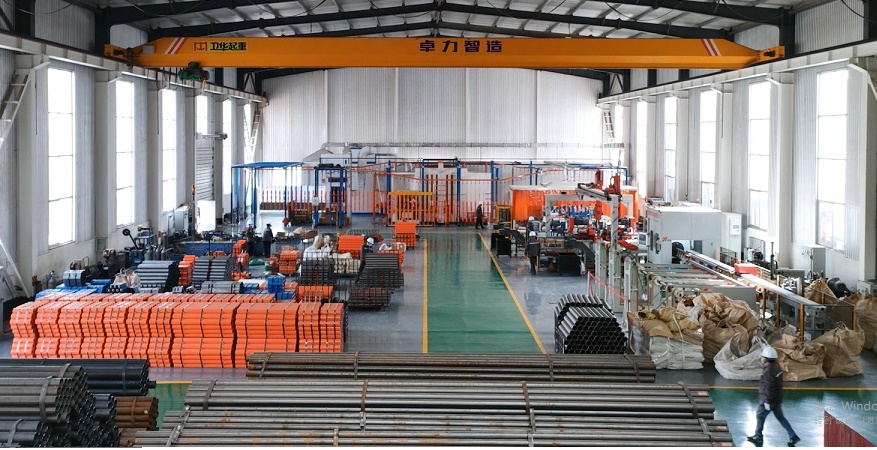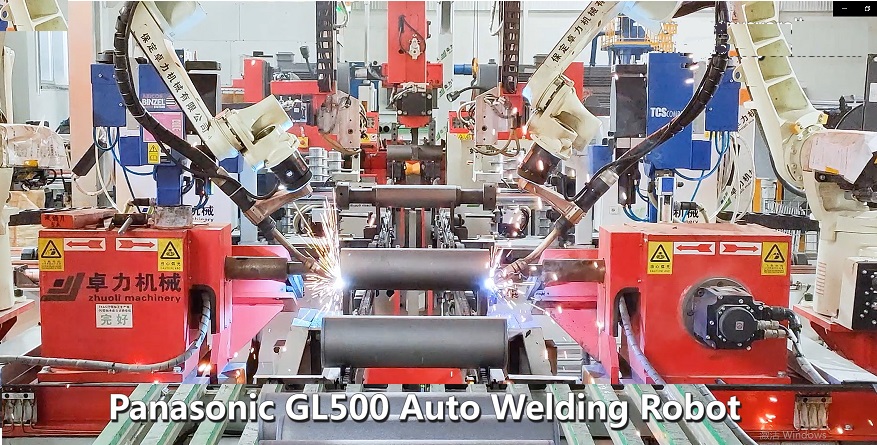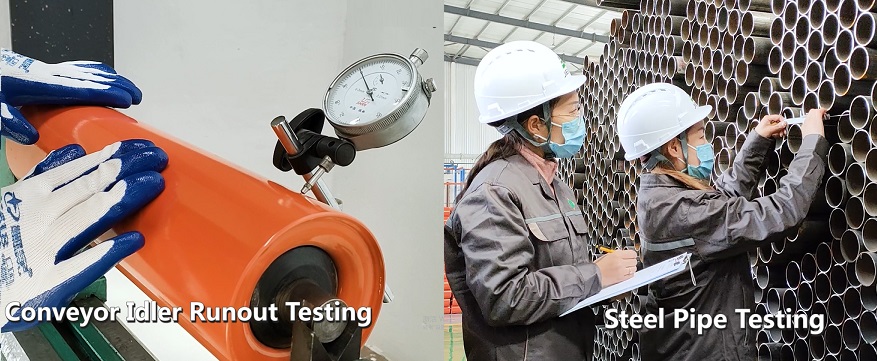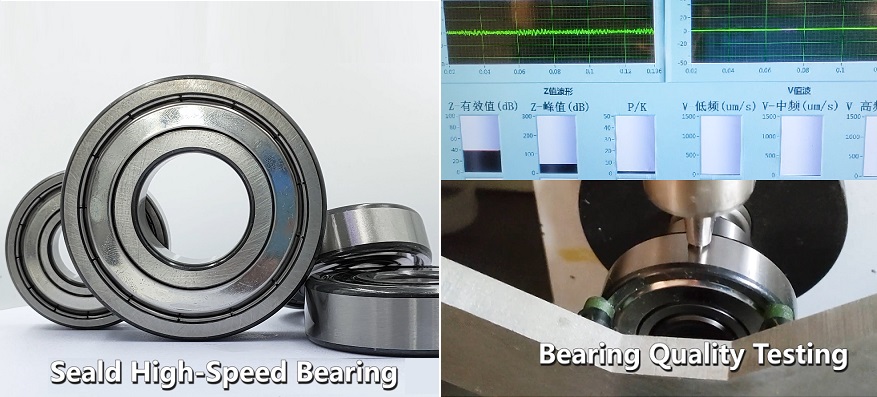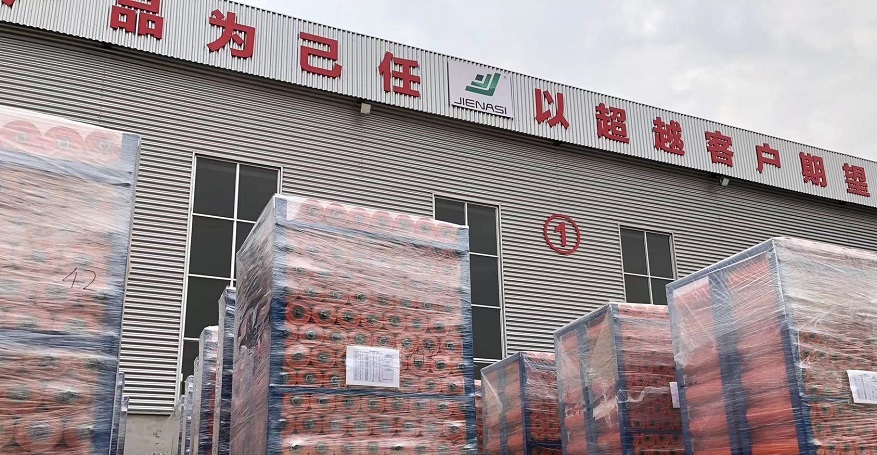Choosing the Right Conveyor idlers: A Guide to Enhancing Conveyor Performance
Conveyor idlers are one of the key components that affect the performance of conveyor belts, accounting for approximately 30% to 40% of the total belt conveyor weight and 25% to 30% of the total belt conveyor cost. In belt conveyor systems, conveyor idlers are used to support the conveyor belt and the load it carries while ensuring that the inclination of the belt stays within the designated design range. The selection and quantity of conveyor idlers in the design of a belt conveyor have a significant impact on its normal operation, stable performance, maintenance costs, power consumption, and overall price.
Currently, there are two main issues in the design of conveyor idlers for conveyor systems:
The market offers a wide variety of conveyor idler types with significant differences in performance. Some conveyor idlers may become faulty and need replacement after just a few days or even hours of operation, while others can function normally for over a decade. The price differences also pose a challenge for users in making the right choice.
Determining the appropriate conveyor idler layout and spacing to minimize the number of conveyor idlers used, reduce conveyor system costs, lower investments, operational expenses, and maintenance costs, and enhance economic efficiency.
In this article, we briefly discuss the factors influencing conveyor idler performance and the key considerations in selecting and using conveyor idlers.
Factors Affecting conveyor idler Performance
With advancements in manufacturing technology and the mass production of conveyor idlers, the precision of conveyor idler processing is no longer the primary factor affecting conveyor idler lifespan. Research and analysis have shown that the bearing lifespan of conveyor idlers is the primary factor influencing their longevity.
The lifespan of bearings primarily depends on the load they carry, the quality of the bearings, and the lubrication condition. Among these factors, the lubrication condition of the bearings is the primary factor affecting bearing lifespan. Conveyor idlers generally operate in harsh environments, such as dusty and humid conditions. High-speed operation generates heat due to internal friction, leading to an increase in the temperature inside the bearing seal cavity. As the temperature rises, the lubricating grease may vaporize. When the conveyor idler stops, the decreasing temperature causes a drop in the internal pressure of the bearing seal cavity, resulting in air being drawn in. This process introduces a significant amount of dust particles into the bearing seal cavity, leading to grease contamination and drying, accelerating bearing wear. Additionally, as the lubricating grease gradually diminishes due to vaporization, the bearing operates in a dry friction state, further accelerating wear and significantly reducing the conveyor idler's lifespan.
(1) Selection of conveyor idler Bearings
In the past, 204 and 205 series conveyor idler bearings were commonly used. However, with the emergence of specialized bearings, it is now more common to use dedicated bearings to significantly improve overall bearing quality. Test data shows that even under extremely harsh conditions, the laboratory lifespan of dedicated bearings can exceed that of 204 bearings by more than ten times, with a lower rotational resistance.
(2) conveyor idler Seal Structure and Lubrication Method
The seal structure and lubrication method of bearings are also crucial factors affecting conveyor idler lifespan and operational resistance.
There are three main types of bearing seal structures:
1. Labyrinth seal: This seal type has low operational resistance and good dust resistance, but may have poor water resistance. Its sealing effectiveness may be slightly lower, and it should be used with caution in low-temperature conditions.
2. Contact seal: Contact seals provide better sealing effectiveness than non-contact seals, but can result in higher operational resistance.
3. Combination seal: Combination seals combine the advantages of the previous two seal types.
In terms of lubrication methods, there are two main options:
4. One-time oil injection lubrication: Not suitable for long-term conveyor idler operation as it can lead to increased operational resistance as the conveyor idler wears, and the bearing lifespan is shorter.
5.Re-greasable lubrication method: This method keeps the bearing in good lubrication condition, removes contaminants from the bearing raceway, prolongs bearing lifespan, and maintains relatively constant operational resistance.
Conveyor idler Selection
(1) Calculation of conveyor idler Load
The conveyor idler load can be divided into static loads and dynamic loads, and engineering design typically uses both static and dynamic calculation methods. Traditional designs focus more on static load calculations, but with the development of dynamic analysis in belt conveyor systems, engineers are increasingly considering dynamic characteristics in conveyor idler design. Static load calculations for conveyor idlers mainly consider the positive pressure generated by the material being conveyed and the weight of the conveyor belt. In curved sections of the conveyor belt, the tension in the conveyor belt should also be considered, especially in concave curves. For troughing conveyor idlers, load distribution among the three conveyor idlers is a critical consideration, particularly in convex curves, where the middle conveyor idler is traditionally assumed to bear the highest load based on 70% of the material weight and 40% of the conveyor belt weight. However, the side conveyor idlers experience uneven loading and significant axial forces.
Dynamic loads on conveyor idlers are influenced by various factors, including:
1. Eccentric rotation of conveyor idler shells, resulting in dynamic loads.
2. Interaction between eccentrically rotating conveyor idlers and the conveyor belt.
3. Impact loads on conveyor idlers due to material and conveyor belt motion.
4. Lateral bending vibrations and impacts on conveyor idlers caused by lateral belt movement.
5. Changes in conveyor belt tension affecting transition and curved section conveyor idlers.
6. Forces applied to side conveyor idlers by materials and conveyor belt deformations, especially when handling large pieces of material.
7. Impact loads on transition conveyor idlers due to material dropping onto them.
Accurately calculating these loads is crucial for selecting the right conveyor idlers and estimating their lifespan.
(2) conveyor idler Manufacturing Process
The precision of conveyor idler processing mainly refers to the concentricity of the outer shell and the inner bore at both ends of the conveyor idler, as well as the machining precision of axial dimensions of various parts. Poor concentricity can lead to bearing jamming, increased resistance, and reduced lifespan. Significant axial dimension errors in parts can result in large axial clearances, causing axial movement and affecting lubrication and sealing. Poor installation quality can lead to misalignment, jamming, and accelerated wear, significantly reducing conveyor idler lifespan.
As conveyor idlers are crucial components of belt conveyor systems, their design and performance directly impact the overall performance of the conveyor. To ensure the quality of conveyor idler processing and assembly, it is essential to work with a conveyor idler manufacturer with strong technical expertise, advanced technical equipment, efficient management practices, and a commitment to providing comprehensive technical services. Such a manufacturer should be able to offer users a complete range of technical services, including design calculations, conveyor idler selection, economic and technical analysis, and overall conveyor system design.
In summary, the proper selection, design, and maintenance of conveyor conveyor idlers (conveyor idlers) and conveyor belts are critical for the efficient and reliable operation of belt conveyor systems. These components play a vital role in material handling and transportation across various industries.

